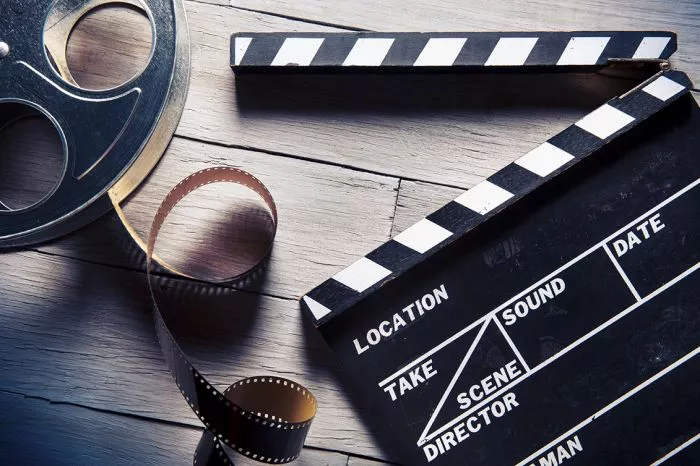The ownership structure of The Walt Disney Company is a dynamic tapestry of shareholders and stakeholders, each holding a piece of the company’s legacy and future. Understanding this structure provides insight into the company’s governance, strategic direction, and broader industry impact.
Key Shareholders
At the helm of The Walt Disney Company’s ownership are a diverse array of stakeholders. Institutional investors such as Vanguard Group, BlackRock, and State Street Corporation hold substantial stakes, reflecting confidence in Disney’s long-term prospects. Additionally, mutual funds and individual investors contribute to the company’s ownership landscape, each playing a role in shaping Disney’s trajectory.
Founders and History
The Walt Disney Company traces its origins to the creative vision of Walt Disney and his brother Roy O. Disney. Founded in 1923 as the Disney Brothers Cartoon Studio, the company evolved into an entertainment powerhouse, shaping global culture through iconic characters, theme parks, and media franchises. Over the years, Disney weathered changes in leadership and ownership, remaining steadfast in its commitment to innovation and storytelling excellence.
Publicly Traded Status
As a publicly traded company, The Walt Disney Company is listed on the New York Stock Exchange under the ticker symbol “DIS.” Its shares are also traded on other major stock exchanges, reflecting its global reach and market significance. With a market capitalization exceeding hundreds of billions of dollars, Disney stands as a stalwart in the entertainment industry.
Corporate Governance
Disney’s corporate governance structure is guided by a robust framework aimed at promoting transparency, accountability, and shareholder value. The company’s board of directors, composed of experienced industry leaders and independent directors, oversees strategic decision-making and ensures alignment with shareholder interests. Disney’s executive leadership team, led by CEO Bob Chapek, steers the company’s day-to-day operations, driving growth and innovation across its diverse portfolio of businesses.
Recent Developments
In recent years, The Walt Disney Company has navigated significant developments and transformative shifts in the entertainment landscape. Notable acquisitions, such as the purchase of 21st Century Fox’s entertainment assets, expanded Disney’s content library and market presence. Additionally, strategic initiatives such as the launch of Disney+, its streaming platform, underscore Disney’s commitment to evolving consumer preferences and digital innovation.
Future Outlook
Looking ahead, The Walt Disney Company remains poised for continued success and adaptation in an ever-evolving industry. With a compelling content pipeline, innovative technology investments, and a global footprint, Disney is well-positioned to capitalize on emerging opportunities and navigate challenges. The company’s commitment to storytelling excellence and audience engagement ensures its enduring relevance in the entertainment landscape for years to come.
Official Statements and Sources
Official statements from The Walt Disney Company, regulatory filings with the Securities and Exchange Commission (SEC), and reputable financial news sources provide valuable insights and context to the company’s ownership structure and strategic direction. These sources offer transparency and credibility, allowing stakeholders to make informed decisions and assessments of Disney’s performance and prospects.
Conclusion
The ownership structure of The Walt Disney Company reflects a rich tapestry of stakeholders, each contributing to the company’s storied legacy and future endeavors. As Disney continues to innovate, entertain, and inspire audiences worldwide, its ownership landscape serves as a testament to the enduring impact of creativity, vision, and strategic stewardship in the entertainment industry.
Related Topics:
What Is Everything Everywhere All At Once About?
Is Schindler’s List suitable for kids?
Why didn’t Japanese samurai use guns?

